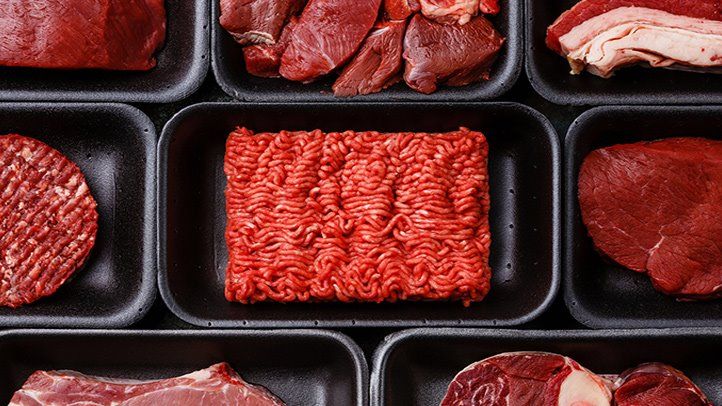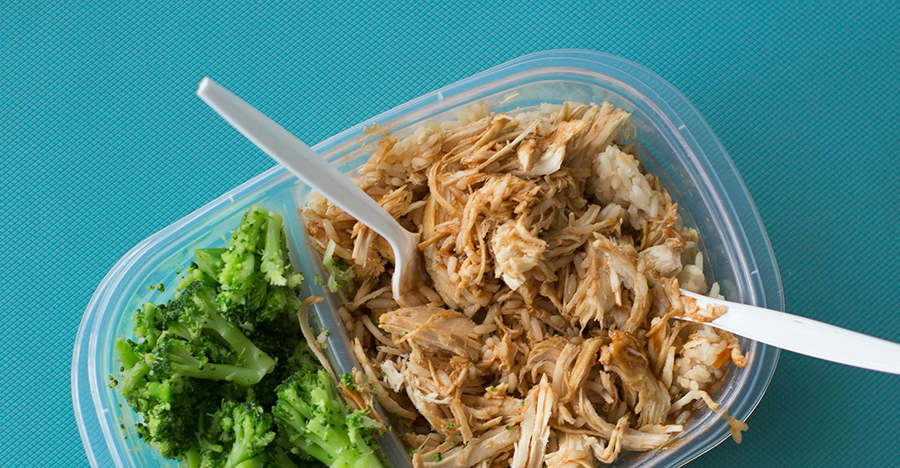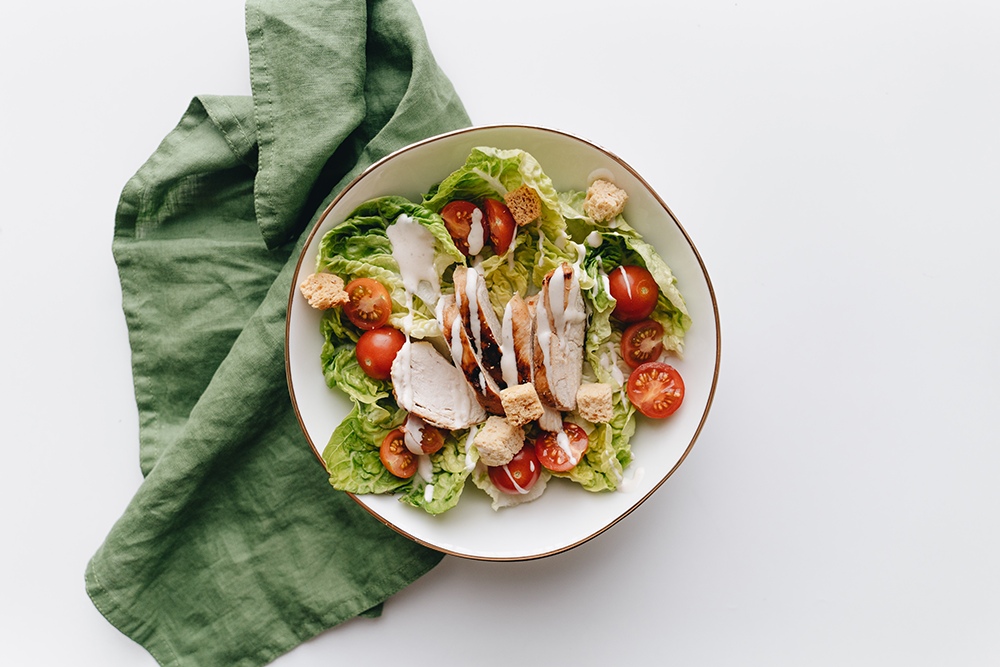
The carnivore diet, also known as the zero-carb diet or all meat diet, is not to be confused with the ketogenic diet. If you’ve followed other diets to lose weight only to put it back on again later on, maybe the carnivore diet is what you need to achieve your weight loss goals and build lean muscle mass. If you enjoy eating meat and you’re wise to the health benefits of doing so, a high protein, low carb, meat-only diet could work for you.
The carnivore diet is a radical elimination diet to reduce inflammation in the body. Inflammation can cause leaky gut and many other “incurable” issues that the carnivore diet has successfully cured, like Crohn’s disease and Rheumatoid arthritis.
Choosing Your Meat
Optimized diets center around three things:
- Energy: Fat / Carbs
- Nutrient density: Micronutrients
- Lean Muscle Mass Gain: Protein Targets
Consuming cow meat is the best and most bioavailable source of every single nutrient. Beef ribeye has equal grams of protein and fat, which equate to about 70% fat and 30% protein by calories. A common issue on this meat diet is not getting sufficient fat. If you’re eating too little fat, you may suffer from unsavory symptoms like headaches, lethargy, and diarrhea. In fact, too much protein is one of the most common causes of diarrhea when transitioning to the carnivore diet. Make sure to look for cuts of beef that are close to equal grams of fat and protein.
The best cuts of beef to eat are:
- Ribeye steak
- Roasts
- Ground beef
If you’re doing the carnivore diet on a budget, go for the ground beef and roasts over ribeye steak. However, experiment with fat intake because, with ground beef, you may be getting substantially less fat. Compared to other animals, beef has a better omega 6 to omega 3 ratio, affecting inflammation. Here’s what you need to know: beef is also much higher in almost every single nutrient than pork bacon.
Carnivore Diet Food List
Here’s a list of food you can eat on the carnivore diet:
- Beef
- Lamb
- Pork
- Seafood
- Organ meat
- Fats
- Bone broth
Carnivore Diet Meal Plan
Now for the fun stuff. How should you plan your meals every week? The goal with this plan will be to transition you from more variety in meat to less. But still cut out the inflammatory foods. When you start the carnivore diet and mainly eat only meat, many people experience gut issues like diarrhea and constipation. But think of this like burning off the deadwood. It’s only short-term. Growth always comes with pain.
With that being said, my carnivore meal plan is formulated to minimize the gut pain you experience. My philosophy is to jump right in and go cold turkey on the vegetables and carbohydrates. If you’re addicted to something, it doesn’t make sense to have a little bit of it. You don’t tell an alcoholic it’s okay to have a shot of vodka before bed. However, when it comes to meat, you may want to try starting with more variety so that you don’t quit out of boredom as you transition. Over time, however, you’ll come to love beef, and most cravings can and should go away.
These are just suggestions. Use this as a template. You don’t need to follow it to a tee.
Carnivore Diet Meal Ideas: Week 1
Here are some meal ideas for a week on the carnivore diet. From lamb chops to ribeye steak and ground beef, week one also includes pork and fish.
Carnivore Diet Shopping List: Week 1
When I shop, I open up a spreadsheet and map out how many meals I plan to eat of each animal foods and the amount per meal. Assuming that each meal consists of ~16oz of beef (you’ll figure this out over time), I calculate the total amount to bulk buy. Creating a spreadsheet on a computer is precisely how our hunter-gatherer ancestors did it too….lol, kidding. If you want to add some variety to your carnivore diet beyond what’s below, check out my top 10 favorite carnivore diet recipes. Based on the calendar above, you’ll need to buy the following amounts in the right-hand column:
Sample Meal Plan: Week 2
Here’s another sample meal plan for the carnivore diet. I introduce organ meat alongside the usually ground beef:
Carnivore Diet Grocery List: Week 2
Based on the week two meal plan, you’ll need to buy the following amounts in the right-hand column:
Carnivore Diet Recipes: How to Cook Your Meat?
Yes, some people do eat raw meat. But that’s not what I recommend.
Nonetheless, you should make sure not to overcook your meat. You want your steak to stay juicy when you’re finished cooking it. If you overcook your meat, you can reduce the nutrient content of the following nutrients:
- Water-soluble vitamins: Vitamin C and the B vitamins
- Fat-soluble vitamins: Vitamins A, D, E, and K
- Minerals: Primarily potassium, magnesium, sodium, and calcium
I prefer rare-to-medium rare for meats and steaks. It allows more flavor to come out.
Eggs and Dairy on the Carnivore Diet
Both eggs and dairy products can be inflammatory triggers for some people. But you know your body best. It’s up to you to make that call. Dairy can cause inflammation for two reasons: lactose and dairy proteins. If you’re just lactose intolerant, you can try hard cheeses and fermented products that have had lactose fermented away. If that still irritates you, you should drop the dairy altogether because it’s likely the proteins that bother you.
On the first 15-30 days of the carnivore diet, given how frequently eggs and dairy cause inflammation, you should not eat either. If you feel great after your first month, then experiment with adding them back.
Carnivore Diet for Bariatric Patients
In the field of bariatrics, we preach the power of protein when it comes to successful weight loss. So the carnivore diet may seem like a good fit for your lifestyle and health goals.
After bariatric surgery, we recommend our patients consume about 40% protein, 40% fat, and 20% carbs. However, if you are interested in building lean muscle mass, we encourage you to increase your protein intake to about 50 to 60% while dropping your fat intake to 30 to 35% and carbs to 10 to 15%. Luckily, you can obtain most of your fat from meat on the carnivore diet, as mentioned above.
On the carnivore diet, you do not consume any carbs. Although we teach bariatric patients to avoid carbs after weight loss surgery, it can result in you feeling out of energy, especially when your body is initially adapting to this change in diet. Therefore, if you do begin feeling mentally and physically weak, we would encourage you to incorporate more HEALTHY, complex carbs into your diet.
In conclusion, the carnivore diet is a good choice for bariatric patients looking to lose weight or maintain weight loss while building lean muscle mass. However, like every diet, we encourage our patients to look at their food choices as a lifestyle change and not a fad. Therefore, we recommend considering all aspects of incorporating dietary changes into your lifestyle and encourage you to consult your bariatric surgeon or dietitian for further advice.
This blog post was originally published by Carnivore Aurelius on Published on March 9, 2019











